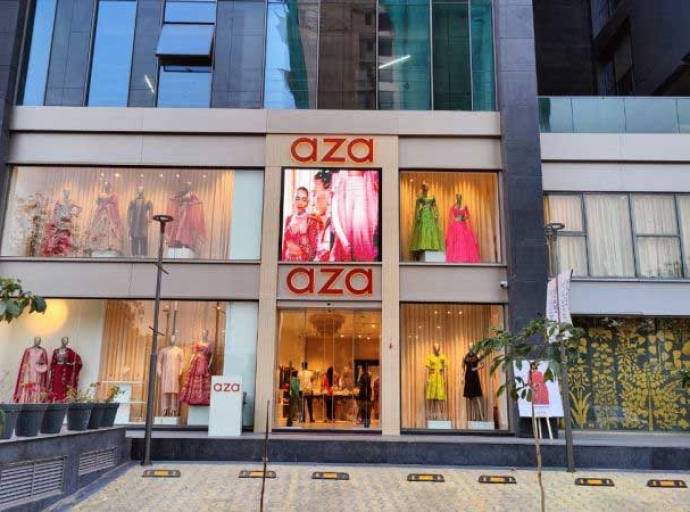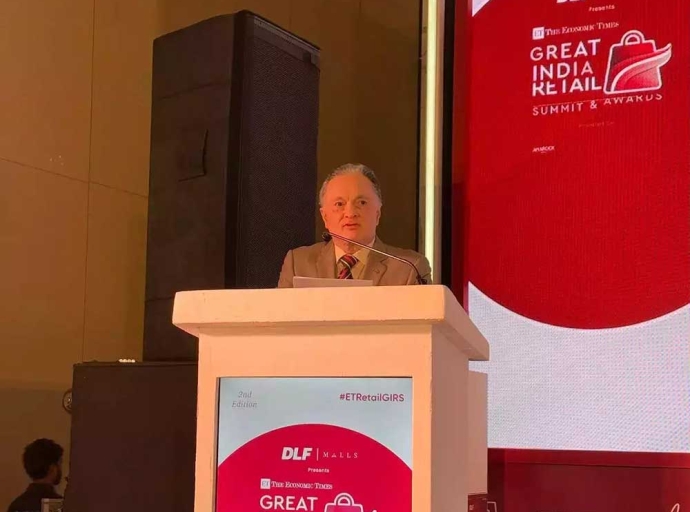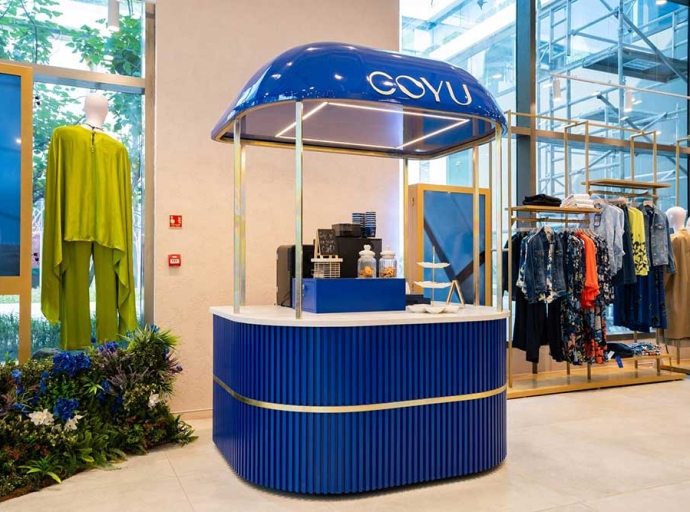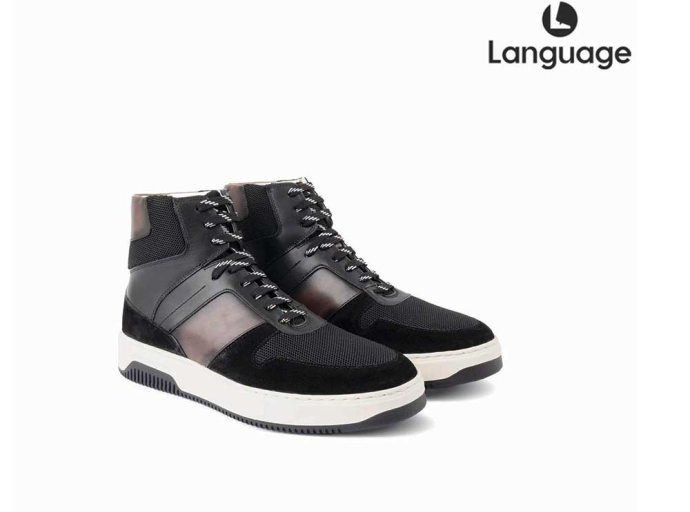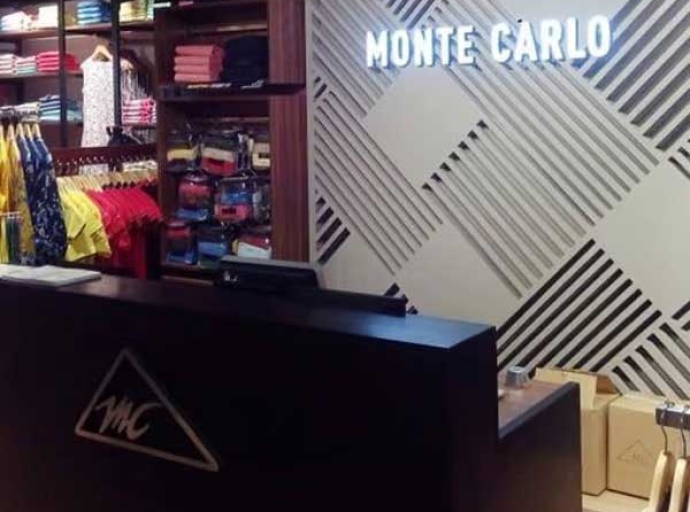21 February 2025, Mumbai
The retail landscape is changing as consumers are no longer satisfied with simply purchasing goods; they crave experiences. This shift has given rise to experiential retail, a strategy where brands create immersive and memorable shopping journeys. A new report from Enalytix, an AI-driven video analytics and field-force productivity expert, sheds light on how fashion brands are leveraging technology and innovative store designs to captivate customers.
The Enalytix report reveals compelling data on the impact of experiential retail. Stores that have incorporated experiential elements see an average 40 per cent increase in dwell time and a 30 per cent lift in sales compared to traditional stores. This underscores the power of creating engaging environments that encourage customers to linger and explore.
Brands leading the trend
The report highlights several fashion brands that are leading the way in experiential retail.
Nike: Nike's flagship stores feature interactive installations, customization labs, and augmented reality experiences that allow customers to engage with the brand on a deeper level.
Adidas: Adidas has created "stadium" stores that replicate the atmosphere of a sporting event, complete with cheering crowds and personalized jersey customization.
Rebecca Minkoff: This brand uses smart mirrors in fitting rooms to provide personalized recommendations and allow customers to share their looks on social media.
Of course, technology plays a crucial role in enabling experiential retail. The Enalytix report emphasizes the some key technologies that are change enablers. Augmented Reality or AR allows customers to virtually try on clothes and accessories, eliminating the need for physical fitting rooms. For example, Farfetch has developed an augmented retail solution that links online and offline worlds, using data to enhance the retail experience. In its London store, Farfetch provides connected clothing racks, touch-screen-enhanced mirrors, and sign-in stations that pull data collected online to use in-store. This innovation allows customers to enjoy an effortless in-person experience that harmonizes the best parts of boutique shopping with the speed and convenience of online shopping.
Similarly, Virtual Reality or VR creates immersive experiences that transport customers to different worlds, allowing them to visualize products in new and exciting ways. For example, to launch a new product range, Huda Beauty ran an immersive retail experience pop-up store in Covent Garden, London. The sci-fi-themed event supported their new eye-shadow palette, Mercury Retrograde, and featured a multi-faceted, metallic exterior with galactic interior elements. Visitors could engage with interactive displays, creating a buzz that extended beyond the physical location. And of course, Artificial Intelligence or AI powers personalized recommendations, targeted promotions, and data-driven insights that enhance the customer journey. Take for example Vans' House of Vans who transformed a 30,000 sq. ft. space in London into the ‘House of Vans’, featuring a concrete skate ramp, cinema, café, live music venue, and art gallery. This venue serves as a cultural hub, aligning with the brand's identity and fostering a community around its products.
And Gap had hosted a major fashion event in San Francisco during NBA All-Star Weekend, showcasing a 16-piece collection created in collaboration with Harlem's Fashion Row. This immersive "fashiontainment" experience celebrated the company's heritage and commitment to diversity, aligning with Black History Month and supporting underrepresented designers. The event generated significant buzz, exemplifying how experiential retail can elevate brand perception and customer engagement.
As experts point out, experiential retail is no longer a luxury; it's a necessity. Fashion brands that fail to embrace this trend risk falling behind. By leveraging technology and creating unique store designs, retailers can build deeper connections with their customers and drive long-term loyalty. The Enalytix report reveals the future of fashion retail is experiential, immersive, and driven by technology. As consumer expectations continue to evolve, brands must adapt and innovate to stay ahead of the curve. By creating memorable shopping experiences, fashion retailers can not only drive sales but also build lasting relationships with their customers.
Latest Fashion news

